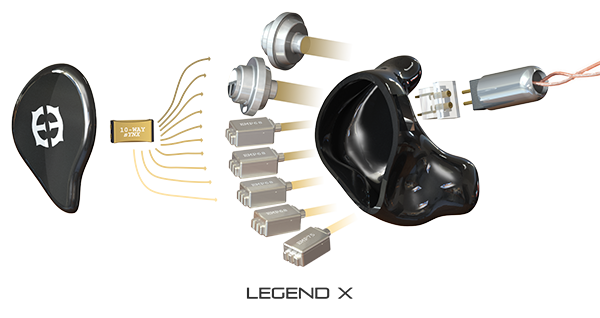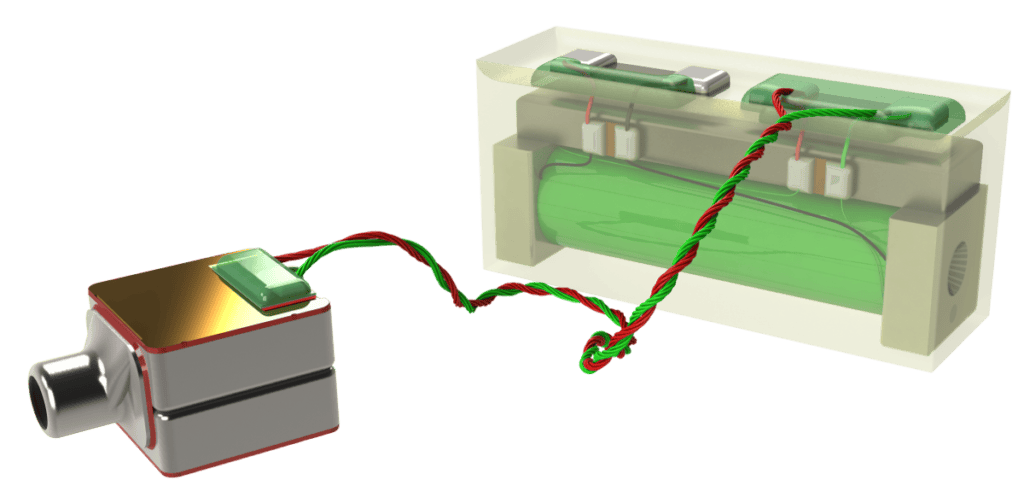Knowledge 101
Grundlagen erklärt #2 – Hybrid-Kopfhörer
We talked about different types of drivers in “Basics explained #1”, and by now you should know that crossover networks are implemented to let multiple drivers in an earphone handle different frequencies.
This time let’s look into innovative designs which mix different types of drivers, and their traits to achieve the best sound performance possible!
Balanced Armatures x Dynamic Driver – the most common type of Hybrid structure, fusing the energetic, airy bass power from the Dynamic Drivers with precise, highly accurate, and treble-elaborated Balanced Armatures. To blend together the two technologies the crossover has to be finely engineered so that the speed of the drivers aligns, as well as controlling the overlapping frequencies such that the waveform does not go out of phase. Some excellent implementation you can find on the market includes the state-of-the-art 10-Way synX Crossover System in Empire Ear’s Legend X, which has an ultra-wide frequency bandwidth, powered by a whopping total of 11 drivers. The Solaris 2020 has a simpler structure that combines their 10mm A.D.L.C. dynamic driver and multiple Balanced Armatures for world-class clarity and bass performance.

Electrostatic x Balanced Armatures X Dynamic Driver – on top of normal hybrids there is an increasing number of top-tier earphones including the SHOZY x AAW POLA39 that adapt the electrostatic driver technology. If you see a translucent green stick inside the earphone shell, you will know it is equipped with the EST65SA01 or EST65DA01 Electrostatic Tweeters made by Sonion.

Für Audiophile war es schon immer ein Traum, elektrostatische Lautsprecher zu besitzen, und Sonion hat eine Miniaturform dieser Technologie erfunden. Der Hochtöner ermöglicht es, dass sich die Höhenfrequenzen schnell über die sehr hohen Frequenzen hinaus ausdehnen, die das menschliche Ohr wahrnehmen kann. Die ultraleichten, beweglichen Membranen, die in elektrostatischen Lautsprechern verwendet werden, sorgen für ein präzises Einschwingverhalten und bringen Details und Klarheit auf ein neues Niveau.
Eine größere Anzahl von Treibern erfordert mehr Fachwissen im Bereich der Akustik und des Schaltkreisdesigns und ist nicht unbedingt ein Hinweis auf eine bessere Klangqualität. Lassen Sie uns in den kommenden Blog-Beiträgen gemeinsam mehr verschiedene Designs untersuchen!
